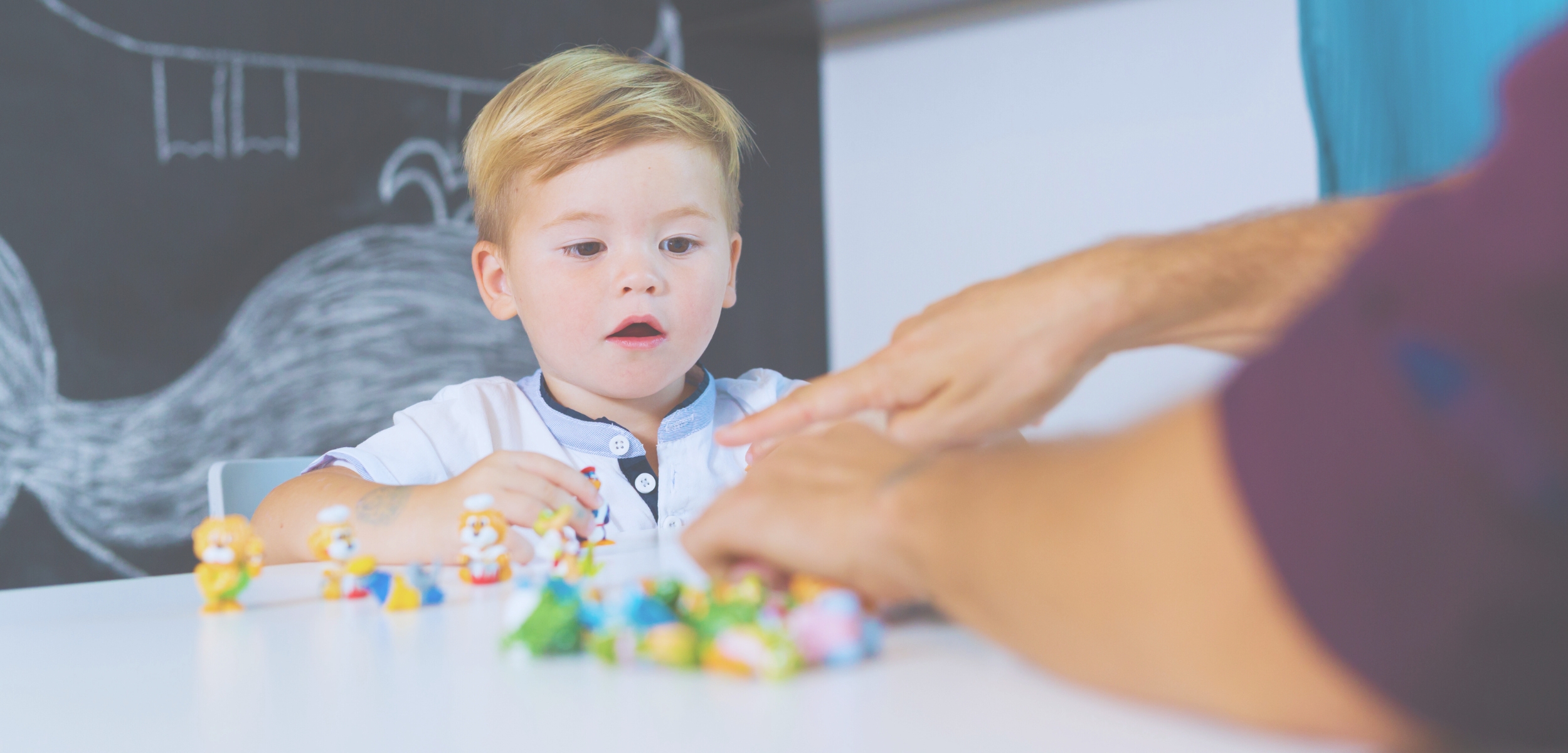No products in the basket.
If you’re trying to choose between play therapy and traditional therapy in the UK, here’s the short answer: Play therapy helps younger children express tough emotions when they can’t yet put them into words. Traditional therapy, like CBT or counselling, works best for teens and adults who can talk things through. Each path suits different needs, ages, and conditions. One isn’t better. It’s about what fits.
This blog breaks it down clearly—who needs what, what each type of therapy involves, where you can access them, and what it costs. If you’re a parent, teacher, or health worker, you’ll leave knowing which option might suit a child, teen, or adult in your care.
What Is the Difference Between Play Therapy vs. Traditional Therapy?
Play therapy uses toys, drawing, sand trays, and stories to help children explore feelings in a safe space. A trained play therapist watches and guides the child gently. The child doesn’t need to talk much. Their play is their voice.
Traditional therapy includes CBT (Cognitive Behavioural Therapy), counselling, psychodynamic therapy, and other talk-based methods. The person speaks directly to a therapist about their thoughts, feelings, and behaviour.
Play therapy isn’t “better” than traditional therapy. It’s just better suited for younger minds. Where adults may talk through trauma, children often process it through metaphor, movement, and imagination.
Who Needs Play Therapy?
Play therapy works well for children under 12, especially those who struggle to speak about emotions. It helps with:
- Anxiety and fears
- Behaviour problems at home or school
- Trauma or loss
- Attachment issues
- Divorce or family changes
- ADHD or autism (especially emotional regulation)
It can also help children in foster care or those who have experienced abuse.
Children don’t need a diagnosis to benefit. If a child acts out, withdraws, or seems upset but can’t explain why, play therapy gives them a safe outlet.

Who Benefits from Traditional Therapy?
Traditional therapy suits teens and adults. Most children over 12 can handle talking therapies if they feel safe with the therapist. CBT, for example, works well for:
- Depression and anxiety
- Trauma and PTSD
- Phobias or OCD
- Eating disorders
- Low self-esteem
Some younger children benefit too, especially if sessions include visual aids or simplified steps. But talk-based therapy requires some insight and reflection, which very young children often don’t have yet.
Effectiveness of Play Therapy vs. Traditional Therapy in 2025 UK
UK studies show that play therapy helps most children. A review of over 12,000 cases showed 77% to 84% of children improved.
For children aged 4 to 11, play therapy reduces anxiety and behaviour issues. Schools often report calmer classrooms and better social skills after regular sessions.
Traditional therapy, on the other hand, has decades of research behind it. CBT is proven to work for both adults and teens with anxiety, depression, and trauma.
NICE (the UK’s medical guideline body) recommends CBT and similar therapies for many mental health conditions. It does not yet recommend play therapy as a first-line treatment for PTSD in children. Why? Because more large studies are still needed.
Play Therapy vs. Traditional Therapy on the NHS
Traditional therapy is much easier to access on the NHS. Adults can self-refer to free talking therapy through the NHS Talking Therapies programme (formerly IAPT).
Teens and children can access therapy through CAMHS (Child and Adolescent Mental Health Services). These services usually offer CBT, family therapy, or counselling.
Play therapy is not widely funded by the NHS. Some CAMHS teams use it, but not all. Parents often turn to schools, charities, or private therapists for play therapy.
Play Therapy vs. Traditional Therapy Wait Times in the UK
Adult NHS therapy usually starts within six weeks. In many areas, people begin therapy in just over three weeks.
For children, it’s different. CAMHS services are overstretched. Many children wait months or longer for care. In 2023, the average CAMHS wait was over 100 days.
Because play therapy often runs outside the NHS, you can sometimes start sooner if you pay privately or use a school-funded scheme.
Play Therapy vs. Traditional Therapy Costs in Private Practice
Play therapy costs around £40 to £70 per session. Some therapists offer sliding scales or discounts for school referrals.
CBT and counselling cost about the same. More advanced therapy from clinical psychologists may cost £100 or more per session.
Some health insurance covers traditional therapy. Few cover play therapy, unless you prove it meets specific mental health needs.
Therapist Qualifications: Play Therapy vs. Traditional Therapy in the UK
Play therapists in the UK must complete a postgrad course (Diploma or MSc) in play therapy. Courses must be approved by Play Therapy UK (PTUK) or the British Association of Play Therapists (BAPT). Therapists also need supervised hours and personal therapy.
Traditional therapists include CBT therapists, psychologists, and counsellors. They register with bodies like:
- BABCP (for CBT)
- HCPC (for psychologists)
- BACP or UKCP (for counsellors)
All these bodies require formal qualifications and ethical practice.
Look for accreditation when choosing a therapist. It protects you or your child and ensures proper care.
Mental Health Conditions Treated by Play Therapy vs. Traditional Therapy
Play Therapy Works Well For:
- General anxiety
- Emotional outbursts
- Social struggles
- Early childhood trauma
- Children who won’t or can’t talk
Traditional Therapy Works Well For:
- Anxiety and depression in teens and adults
- PTSD and trauma (with trauma-focused CBT)
- OCD, phobias, and panic attacks
- Eating disorders
- ADHD (with behavioural therapy and sometimes medication)

Autism and ADHD: Play Therapy vs. Traditional Therapy for Neurodiverse Children
Play therapy helps some children with autism or ADHD build emotional awareness or social skills. But results vary. Sessions need to be tailored carefully.
Traditional therapy like CBT works better when a child has good verbal skills and wants to learn coping tools. Many children with ADHD benefit most from a mix of therapy and support at school.
Current Trends in Play Therapy vs. Traditional Therapy (UK 2025)
Demand for children’s mental health support is rising. One in five children now shows signs of a mental health issue.
The government is investing in school-based support teams and expanding CAMHS. But play therapy still sits on the sidelines. It’s growing in schools and charities but rarely gets NHS funding.
Still, many parents and schools seek it out because they see results. Some trusts call it “life-changing.” Others say they can’t afford it for every child.
Choosing Between Play Therapy vs. Traditional Therapy in Real Life
The choice between play therapy vs. traditional therapy depends on the person, not just the problem.
If you’re helping a five-year-old process a tough life change, play therapy may be your best bet. If your 15-year-old struggles with anxiety, CBT might be the better choice.
Some children start with play therapy, then move on to talking therapies as they grow. Others mix both.
The goal is to meet the person where they are. Play or talk—what matters most is that they feel safe, seen, and supported.
Thinking About Therapy?
Training Tale offers CPD-accredited courses in child mental health and play-based approaches. If you work with kids or plan to, our Play Therapy Training will help you build real, useful skills. And if you also want to learn more about traditional therapy, check out our Cognitive Behavioural Therapy Training. Learn more and enrol today.
Got more questions about therapy and training. Contact us via email or LinkedIn.

